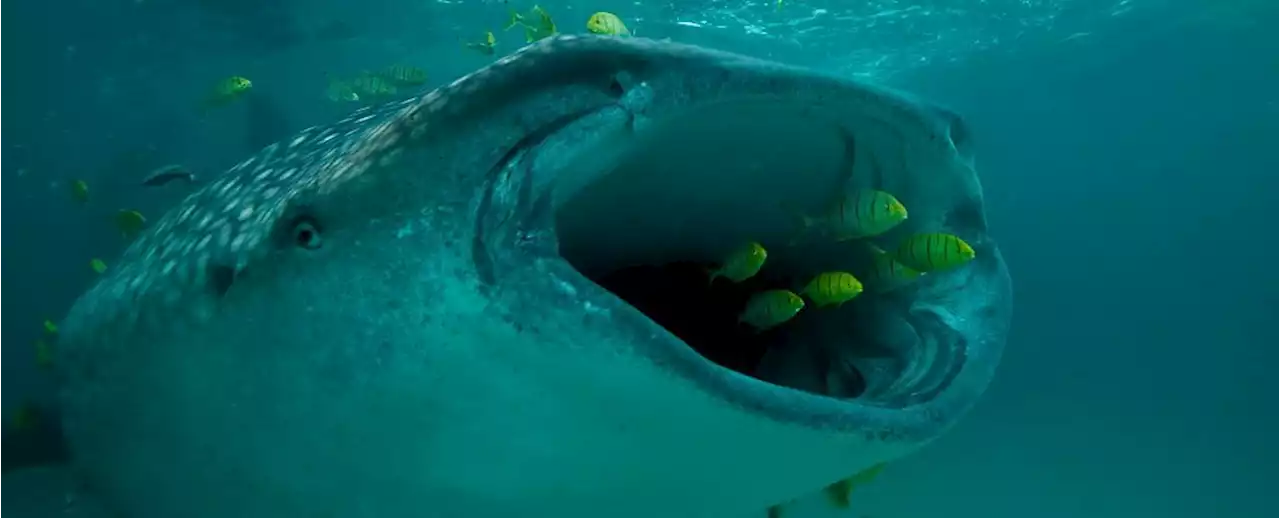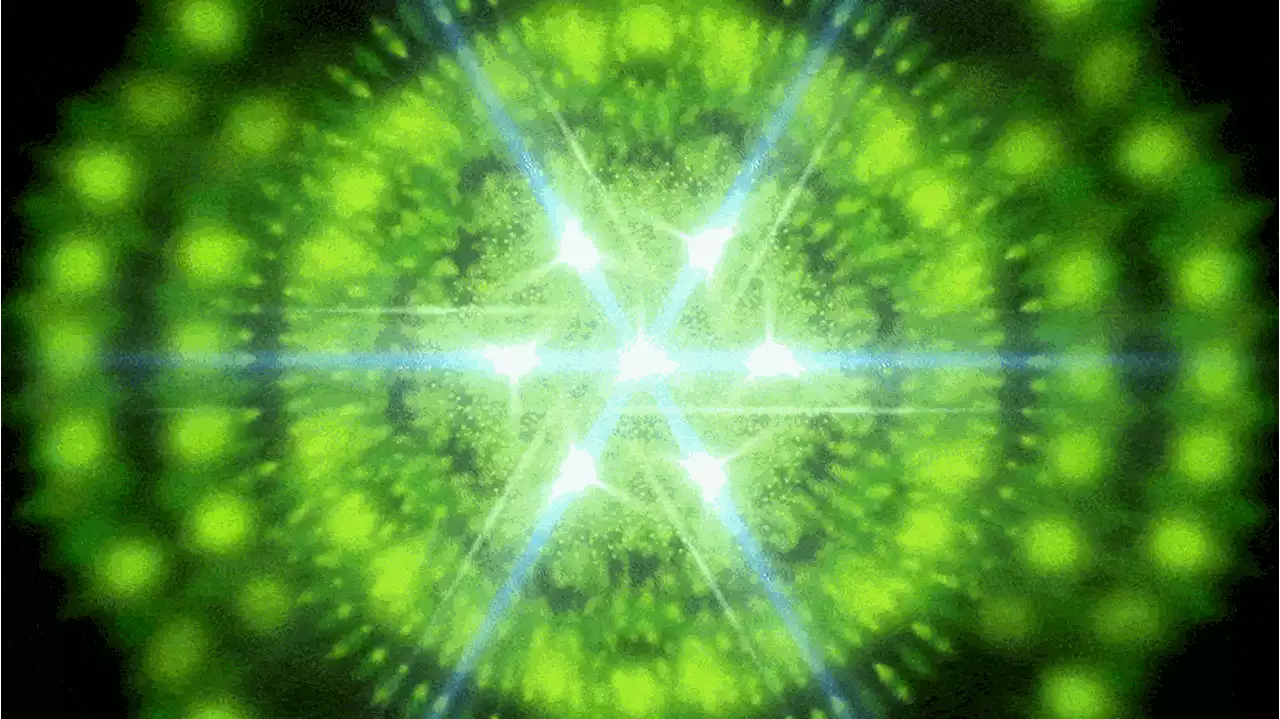The reaction generates the building blocks of proteins and DNA: amino acids and nucleic acids. Four billion years ago, the Earth looked very different than it does today. It was devoid of life and covered by a vast ocean. Over the course of millions of years, life emerged in that primordial soup.
“We think the kind of reactions we’ve described are probably what could have happened on early Earth,” says Ramanarayanan Krishnamurthy.Four billion years ago, the Earth looked very different than it does today. It was devoid of life and covered by a vast ocean. Over the course of millions of years, life emerged in that primordial soup. For a long time, researchers have theorized how molecules came together to spark this transition.
In cells today, amino acids are generated from precursors called α-keto acids using both nitrogen and specialized proteins called enzymes. Scientists have discovered evidence that α-keto acids likely existed early in Earth’s history. However, many researchers have hypothesized that before the advent of cellular life, amino acids must have been generated from completely different precursors, aldehydes, rather than α-keto acids, since enzymes to carry out the conversion did not yet exist.
“We were expecting it to be quite difficult to figure this out, and it turned out to be even simpler than we had imagined,” says Krishnamurthy. “If you mix only the keto, cyanide, and ammonia, it just sits there. As soon as you add carbon dioxide, even trace amounts, the reaction picks up speed.” In the process of studying their chemical soup, Krishnamurthy and his colleagues discovered that a byproduct of the same reaction is orotate, a precursor to nucleotides that make up DNA and. This indicates that the same primordial soup, under the right conditions, could have given rise to a large number of the molecules that are required for the key elements of life.
United States Latest News, United States Headlines
Similar News:You can also read news stories similar to this one that we have collected from other news sources.
 New Set of Chemical Reactions Could Finally Explain How Life Started on EarthOnce upon a time, when our planet Earth was very young and very new, there was not a single scrap of life on it to be found.
New Set of Chemical Reactions Could Finally Explain How Life Started on EarthOnce upon a time, when our planet Earth was very young and very new, there was not a single scrap of life on it to be found.
Read more »
 Real Life Resurrections: Worms Frozen for 42,000 Years Come Back to LifePleistocene age worms found in Arctic permafrost are alive and eating well after being defrosted some 42,000 years later.
Real Life Resurrections: Worms Frozen for 42,000 Years Come Back to LifePleistocene age worms found in Arctic permafrost are alive and eating well after being defrosted some 42,000 years later.
Read more »
 The World's Biggest Shark Isn't Actually a Carnivore, Scientists DiscoverThe biggest shark in our oceans already has a reputation for being a gentle giant, and it seems there's more to this than we ever realized. Whale sharks (Rhincodon typus) are filter feeders, thought to carefully comb the waters for tiny animals like
The World's Biggest Shark Isn't Actually a Carnivore, Scientists DiscoverThe biggest shark in our oceans already has a reputation for being a gentle giant, and it seems there's more to this than we ever realized. Whale sharks (Rhincodon typus) are filter feeders, thought to carefully comb the waters for tiny animals like
Read more »
 Scientists say Loch Ness monster could actually be real based on new fossil discoveryScientists have revealed new fossil discoveries that suggest the famed Loch Ness monster may actually exist.
Scientists say Loch Ness monster could actually be real based on new fossil discoveryScientists have revealed new fossil discoveries that suggest the famed Loch Ness monster may actually exist.
Read more »
 The key to a permanent cure for baldness may have been discoveredScientists may have discovered a permanent cure for baldness thanks to a special protein that helps control hair follicles.
The key to a permanent cure for baldness may have been discoveredScientists may have discovered a permanent cure for baldness thanks to a special protein that helps control hair follicles.
Read more »
 Planetary scientists at UCLA have discovered shady locations within pits on the moon with a temperature that hPlanetary scientists at UCLA have discovered shady locations within pits on the moon with a temperature that hovers around 63 degrees Fahrenheit.
Planetary scientists at UCLA have discovered shady locations within pits on the moon with a temperature that hPlanetary scientists at UCLA have discovered shady locations within pits on the moon with a temperature that hovers around 63 degrees Fahrenheit.
Read more »
